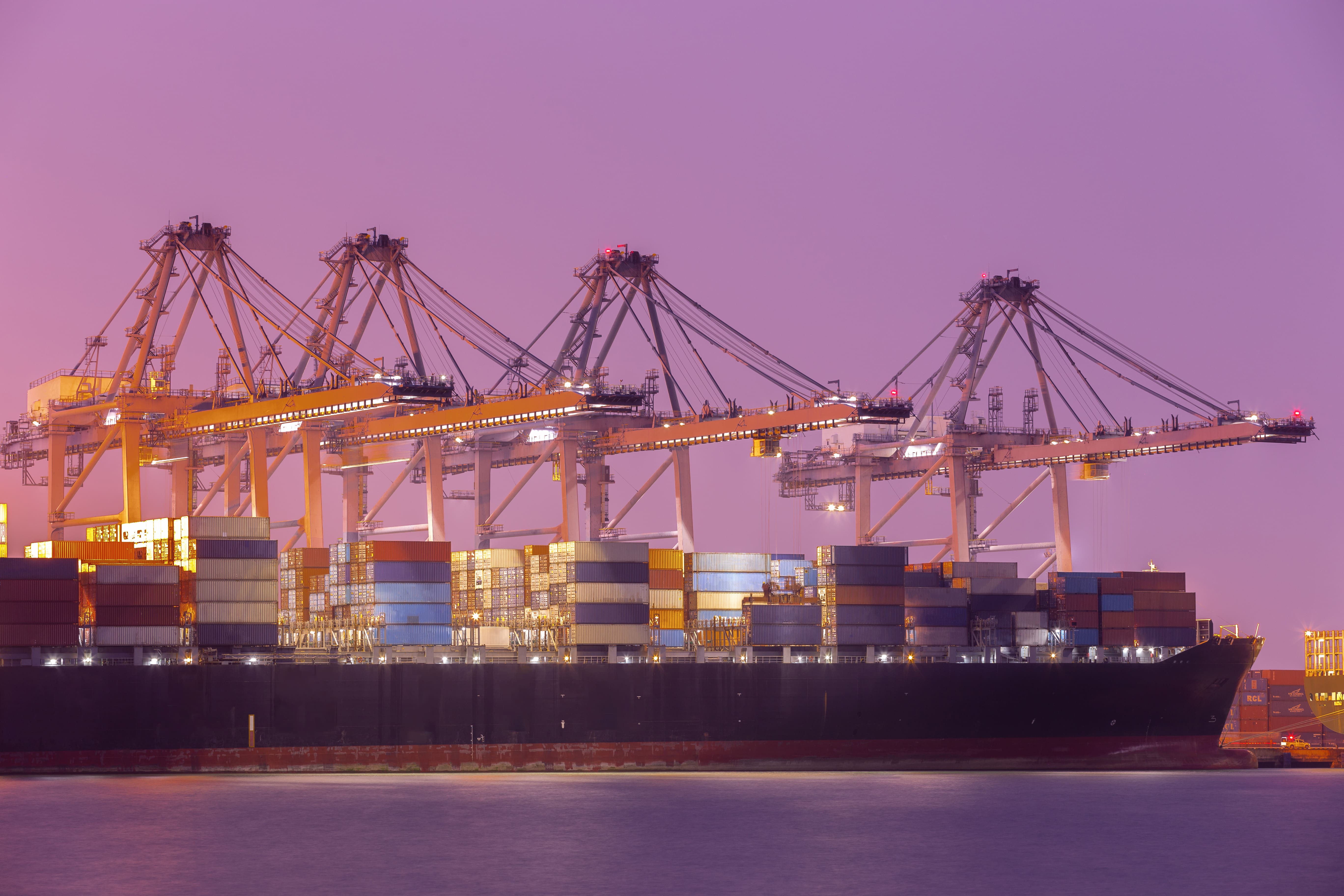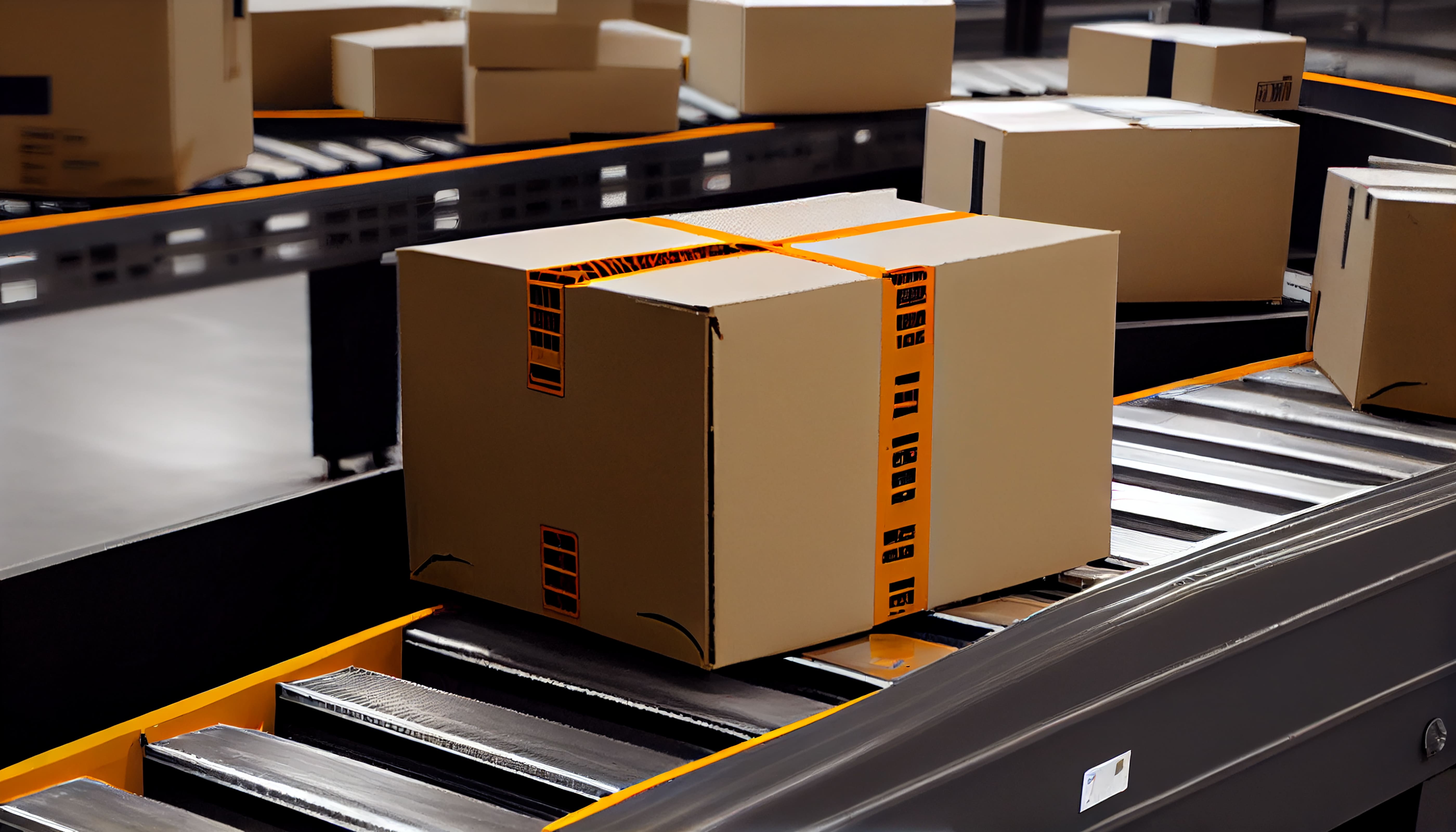Rail Transport for Eco-Friendly and Sustainable Logistics Solutions

In today's world, eco-friendly and sustainable logistics solutions not only enhance the competitive edge of businesses but also help minimize their environmental impact. In this context, rail transport plays a significant role both economically and environmentally. In this article, we will explore the eco-friendly and sustainable logistics solutions offered by rail transport.
1. Low Carbon Emissions
Rail transport produces significantly lower carbon emissions compared to other transportation methods. The ability of trains to carry large loads while consuming less energy makes rail transport an environmentally friendly option. Particularly, the use of electric trains reduces dependence on fossil fuels and allows for the integration of renewable energy sources, thereby supporting zero-emission goals.
2. Energy Efficiency
Trains consume much less energy to transport the same amount of goods compared to road transport. Rail transport offers significant advantages in energy efficiency, especially over long distances. Additionally, many rail companies are investing in new technologies and more efficient locomotives to enhance energy savings.
3. Reduced Traffic and Noise Pollution
Rail transport contributes to less traffic congestion compared to road transport. This leads to improved air quality in urban areas and helps reduce noise pollution. Particularly in large cities, the integration of rail transport not only minimizes pollution but also supports public transport systems.
4. Sustainable Material Use
Rail transport promotes the use of eco-friendly materials. Utilizing recycled materials in the packaging of transported goods and in shipping containers reduces environmental impacts while lowering costs. This approach contributes to raising environmental awareness and the spread of sustainable practices.
5. Integrated Logistics Solutions
Rail transport becomes even more effective when combined with multimodal transportation solutions. When integrated with road, sea, and air transport, the efficiency of sustainable logistics solutions increases. These integrated systems ensure that goods are transported more quickly and in an environmentally friendly manner.
Rail transport is an essential component that supports eco-friendly and sustainable logistics solutions. With advantages such as low carbon emissions, energy efficiency, and reduced traffic and noise pollution, it benefits both businesses and the environment. Embracing these solutions will be a significant step for companies toward a sustainable future. Investments in rail transport will not only benefit the present but also contribute to the development of sustainable logistics systems in the future.






